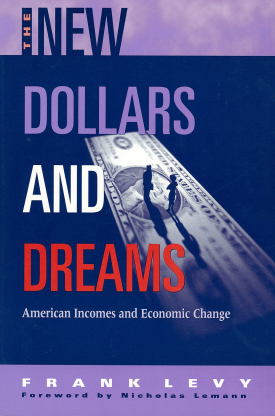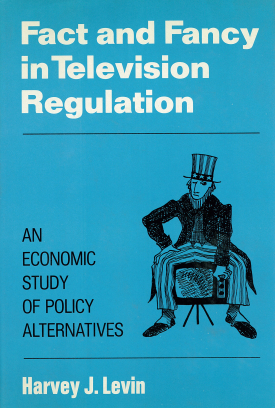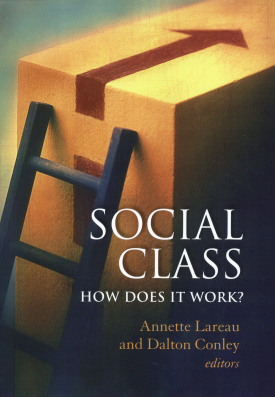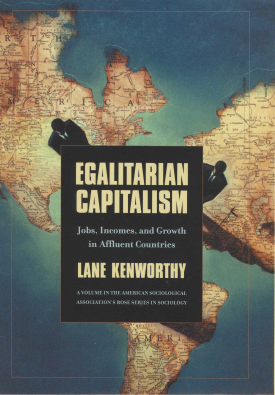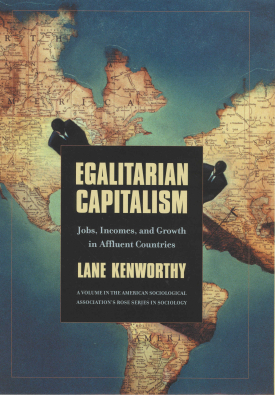
Deflecting Immigration
About This Book
Winner of the 2008 Thomas and Znaniecki Award from the International Migration Section of the American Sociological Association
As international travel became cheaper and national economies grew more connected over the past thirty years, millions of people from the Third World emigrated to richer countries. A tenth of the population of Mexico relocated to the United States between 1980 and 2000. Globalization theorists claimed that reception cities could do nothing about this trend, since nations make immigration policy, not cities. In Deflecting Immigration, sociologist Ivan Light shows how Los Angeles reduced the sustained, high-volume influx of poor Latinos who settled there by deflecting a portion of the migration to other cities in the United States. In this manner, Los Angeles tamed globalization’s local impact, and helped to nationalize what had been a regional immigration issue.
Los Angeles deflected immigration elsewhere in two ways. First, the protracted network-driven settlement of Mexicans naturally drove up rents in Mexican neighborhoods while reducing immigrants’ wages, rendering Los Angeles a less attractive place to settle. Second, as migration outstripped the city’s capacity to absorb newcomers, Los Angeles gradually became poverty-intolerant. By enforcing existing industrial, occupational, and housing ordinances, Los Angeles shut down some unwanted sweatshops and reduced slums. Their loss reduced the metropolitan region’s accessibility to poor immigrants without reducing its attractiveness to wealthier immigrants. Additionally, ordinances mandating that homes be built on minimum-sized plots of land with attached garages made home ownership in L.A.’s suburbs unaffordable for poor immigrants and prevented low-cost rental housing from being built. Local rules concerning home occupancy and yard maintenance also prevented poor immigrants from crowding together to share housing costs. Unable to find affordable housing or low-wage jobs, approximately one million Latinos were deflected from Los Angeles between 1980 and 2000.
The realities of a new global economy are still unfolding, with uncertain consequences for the future of advanced societies, but mass migration from the Third World is unlikely to stop in the next generation. Deflecting Immigration offers a shrewd analysis of how America’s largest immigrant destination independently managed the challenges posed by millions of poor immigrants and, in the process, helped focus attention on immigration as an issue of national importance.
IVAN LIGHT is professor of sociology at the University of California, Los Angeles.

